Cutting-edge projects to monitor air quality and to combine development and environment
Acea Group participates in Ecomondo, the most important trade fair, starting today in Rimini, on green and circular economy in the Euro-Mediterranean area. The Group wins, for the second year in a row, the Emas Award (Eco-Management and Audit Scheme) in the category “Projects that involve energy from renewable resources in the field of energy autonomy”.
The award-winning project was intended to upgrade the energy efficiency of the waste-to-energy plant located in San Vittore del Lazio, in Frosinone. Giovanni Rosti, CEO of Acea Ambiente, received the award. The Group Company every year manages 1.7 million tonnes of wastes and it is one of the largest national players in this field.
The award, promoted by the Ecolabel and Ecoaudit Committee, and ISPRA, is an important certificate for the virtuous companies that have an EMAS registration; to those companies it is recognised the hard work in the field of the voluntary environmental management.
Acea Ambiente was also winner for the best circular economy projects in 2022.
In this year’s edition, Acea Group presents, in its 200-square-meter exhibition space, the digital platform TOUR Acea 2023 for 3D interactive and virtual tours of Acea Environment plants. The platform has been created in collaboration with Ancitel Energia e Ambiente, and it is an alternative solution to in-person tours. This platform also gives the opportunity to understand the processes that turn wastes into resources. “Acea Nose” is a new control unit that checks and monitors air quality. The system, developed by Acea Elabori, is made up of qualitative and quantitative chemical emission detectors, and it has already been used in four monitoring campaigns. Together with “Urbees” urban apiculture experts and Università Cattolica, a bio-monitoring project was carried out at San Vittore waste-to-energy plant using 150,000 bees. These environmental sentinels are highly reactive to the detection of ultrafine particulate matter and PM10, PM2.5, and they also proved that there is no trace of plant emission in the collected particulate. “Urbees” has been extended also to Orvieto plants where a naturalistic garden has been made in order to re-integrate some animal species.
The common thread of these projects is a development model that aims to contribute to the transition towards a sustainable ecosystem, where industrial development is combined with environmental protection. Territory protection, sustainable use of resources and eco-friendly infrastructures are the objectives of the Group's green mission, and it has been confirmed both by the projects presented by Acea Ambiente and the strategies used in energy and water divisions. In the latter division, the Group is the largest national operator, with 9 million inhabitants reached, spread over 5 regions.
Discover the latest news and initiatives of the Acea Group
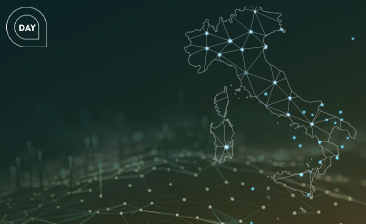
Acea for World Energy Saving Day
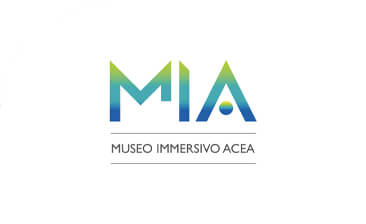
Visit the virtual museum about the history of the Acea Group
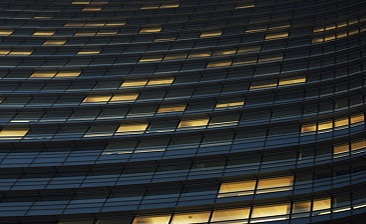
The channel for the commercial requests on land urbanisation
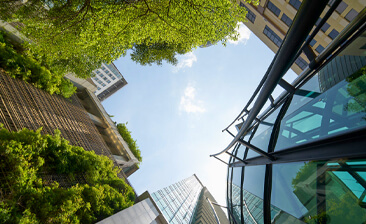
Acea turns the spotlight on the Rome Film Festival 2023
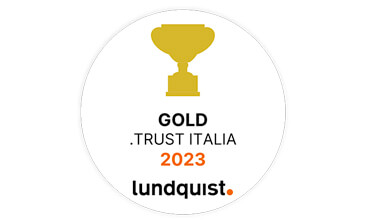
Acea is in the "Gold class" in the .trust research

Read more about our culture of inclusiveness